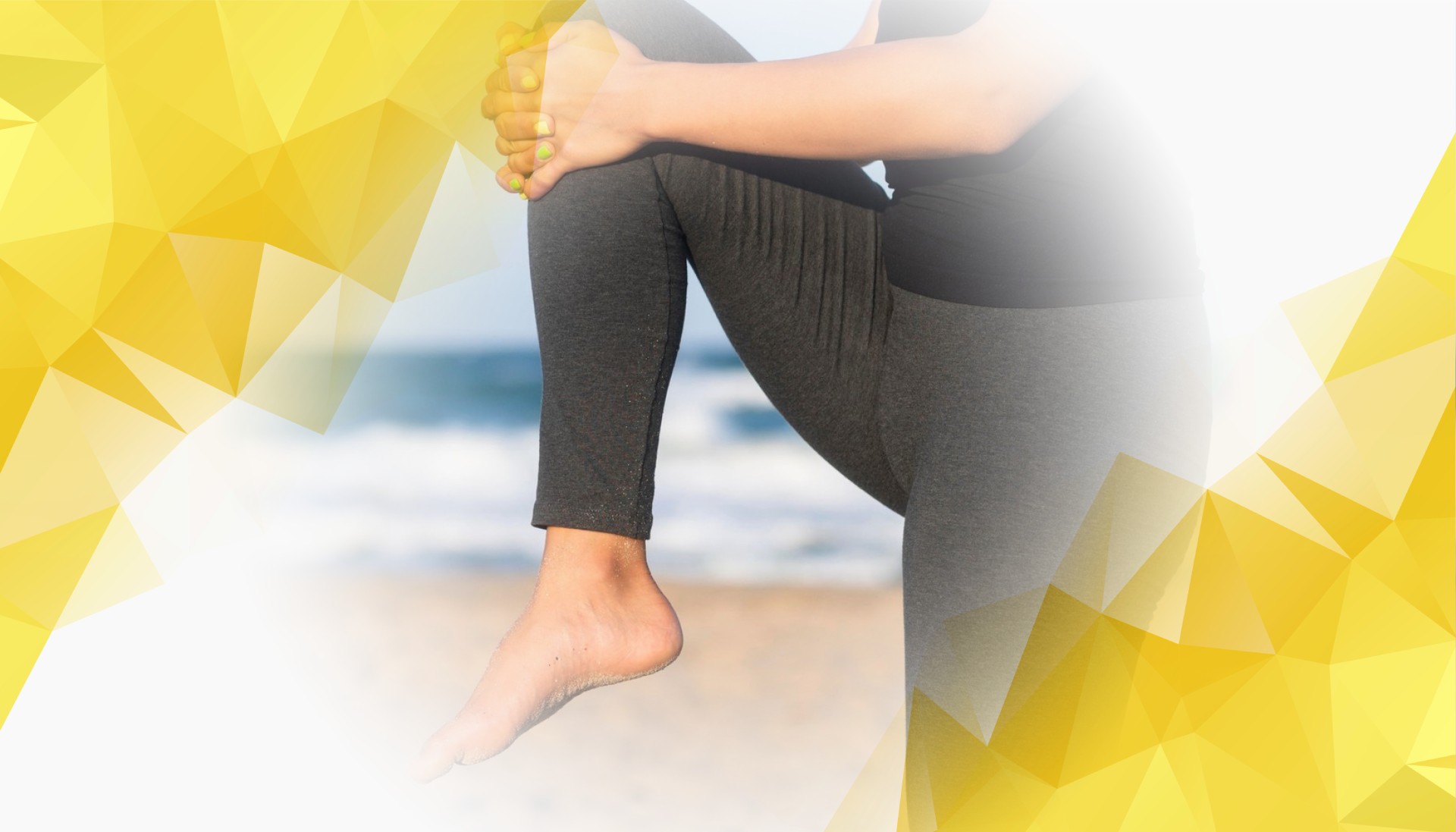Understanding Movement Age and Why It Matters for Your Knees
As we grow older, it’s natural for our bodies to show signs of wear and tear—especially in our knees. But did you know there’s a way to measure how well your knees are really functioning, beyond just counting birthdays? Enter “Movement Age,” a concept that looks at how your joints perform compared to what’s typical for your chronological age, offering a more accurate picture of your knee health.
Osteoarthritis is an all-too-common condition that brings joint pain and stiffness, often targeting aging knees and making daily activities difficult. MAI Motion is an innovative technology that uses movement age to personalize knee care. It aims to slow joint deterioration, reduce pain, and keep you moving comfortably. Let’s explore how understanding movement age can help manage osteoarthritis and support healthier, happier knees .
What Happens to Our Knees as We Age?
Our knees change significantly with age. The cartilage—the smooth tissue that cushions our bones—gradually thins and loses flexibility. As a result, the bones in your knee may start to rub together, causing pain and discomfort. Swelling and stiffness from joint inflammation are also common.
At the same time, muscles supporting the knee can weaken, which affects your stability and puts extra strain on the joint. This combination alters the “biomechanics” of your knee —how it moves and absorbs impact—making injuries and osteoarthritis more likely. By understanding these changes, we can target treatments that meet the specific needs of aging knees .
How Osteoarthritis Develops and Affects the Knee
Osteoarthritis develops as the protective cartilage in the knee slowly breaks down over time. This can lead to pain, stiffness, and a reduced range of motion, making simple activities like climbing stairs or walking more challenging. The condition is often worsened by improper movement patterns and ongoing inflammation within the joint.
No two cases of osteoarthritis are alike. Genetics, lifestyle, and past injuries all influence how quickly it progresses. By looking more closely at what drives osteoarthritis , healthcare providers can offer smarter, more effective strategies to manage symptoms and slow the damage.
What is MAI Motion and How Does it Use Movement Age?
MAI Motion brings the concept of movement age to life through cutting-edge technology. Rather than relying on your chronological age, it gauges how old your knees “act” in terms of movement and joint function. Using advanced motion analysis , MAI Motion can spot areas where your knees are weaker or not moving as well as they should.
A major breakthrough is the use of marker-less motion capture . With this technology, clinicians can analyze your movement using simple video footage—no special markers or cumbersome equipment required (Armstrong et al., 2022). This makes high-quality, sophisticated gait and joint analysis accessible in more clinics and even at home.
Recent research shows that these systems deliver accurate results while reducing patient stress and making assessments easier. Clinicians can extract biomechanical details from your movement, providing deep insights into your joint health and guiding personalized care plans (Armstrong et al., 2022).
By focusing on how your knees move—not just how they appear on scans— MAI Motion promotes a more proactive, tailored approach for managing osteoarthritis .
The Benefits of MAI Motion: More Mobility, Less Degeneration
What sets MAI Motion apart is its focus on improving movement and overall joint function—not just relieving pain. The program emphasizes strengthening the muscles around the knee and improving overall stability, reducing the strain on sensitive areas.
By designing personalized exercises and rehabilitation routines based on your movement age, MAI Motion helps slow the wear and tear on your cartilage . Studies support this targeted approach: tailored movement therapy can preserve joint function and delay the progression of osteoarthritis , helping you stay mobile and independent for longer.
Importantly, research validates that using basic cameras for this type of motion analysis is both practical and effective, without the need for intrusive markers (Armstrong et al., 2022). This technology supports natural movement analysis in real-world settings.
Streamlined, marker-less assessments benefit everyone involved. For example, these systems can identify subtle changes in knee movement that might indicate the early stages of gait problems, all while fitting comfortably in smaller clinics (Armstrong et al., 2022).
A Real-World Example: How Movement Age Makes a Difference
Consider a 65-year-old whose movement age assessment finds their knees function more like those of a typical 75-year-old. With MAI Motion , they receive a personalized exercise plan and advice for daily habits to protect their knees. After several months, they experience less pain and improved movement —helping them remain active and independent.
This example demonstrates the real impact of understanding your movement age. With just a bit of extra knowledge and the right approach, meaningful change is possible.
Simple Steps to Support Your Knee Health
Embracing MAI Motion ’s approach often starts with simple, low-impact exercises like swimming, cycling, or specific strength workouts. Monitoring your movement age ensures these activities are safe and effective.
Motion-based biomarkers —measured accurately and easily with modern technology—are at the heart of this new approach. These measurements guide clinicians and patients in making informed, dynamic adjustments to care plans, ensuring knee health is continually supported.
With a blend of science-backed tools and practical steps, you can take charge of your knee health , slow the progression of osteoarthritis , and get the most from your medical treatments.
In Summary: Why Movement Age Matters in Knee Care
Movement age offers a fresh, personal way to understand and manage osteoarthritis in aging knees . MAI Motion ’s approach combines scientific insight with advanced technology, helping not only to ease pain but also to boost mobility and slow joint wear . By truly understanding how knees age , we can help people enjoy a higher quality of life, even as the years go by.
Looking Ahead: The Future of Knee Care
The future of knee care is bright. Ongoing advances in movement analysis and individualized rehabilitation promise to reshape what’s possible for people with knee concerns. As movement age becomes a routine part of musculoskeletal care—and merges with digital health tools —patients and clinicians will have smarter ways to stay active and healthy well into later life.
References
Armstrong, K., Wen, Y., Zhang, L., Ye, X., & Lee, P. (2022). Novel clinical applications of marker-less motion capture as a low-cost human motion analysis method in the detection and treatment of knee osteoarthritis. Journal of Arthritis, 11(3), . https://doi.org/10.4172/2167-7921.2022.11.053
Armstrong, K., Zhang, L., Wen, Y., Willmott, A. P., Lee, P., & Ye, X. (2024). A marker-less human motion analysis system for motion-based biomarker identification and quantification in knee disorders. Frontiers in Digital Health, , . https://doi.org/10.3389/fdgth.2024.1324511
Wen, Y., Verma, T., Whitehead, J. P., & Lee, P. (2025). Empirical Validation of a Streamlined Three-Repetition Sit-to-Stand Protocol Using MAI Motion. Applied Sciences, 15(10), 5688. https://doi.org/10.3390/app15105688

